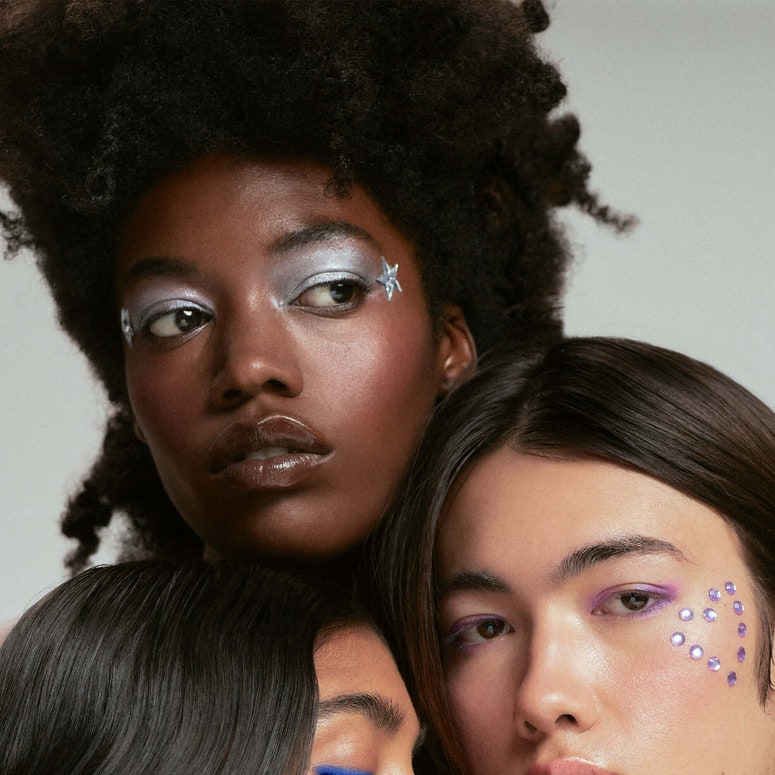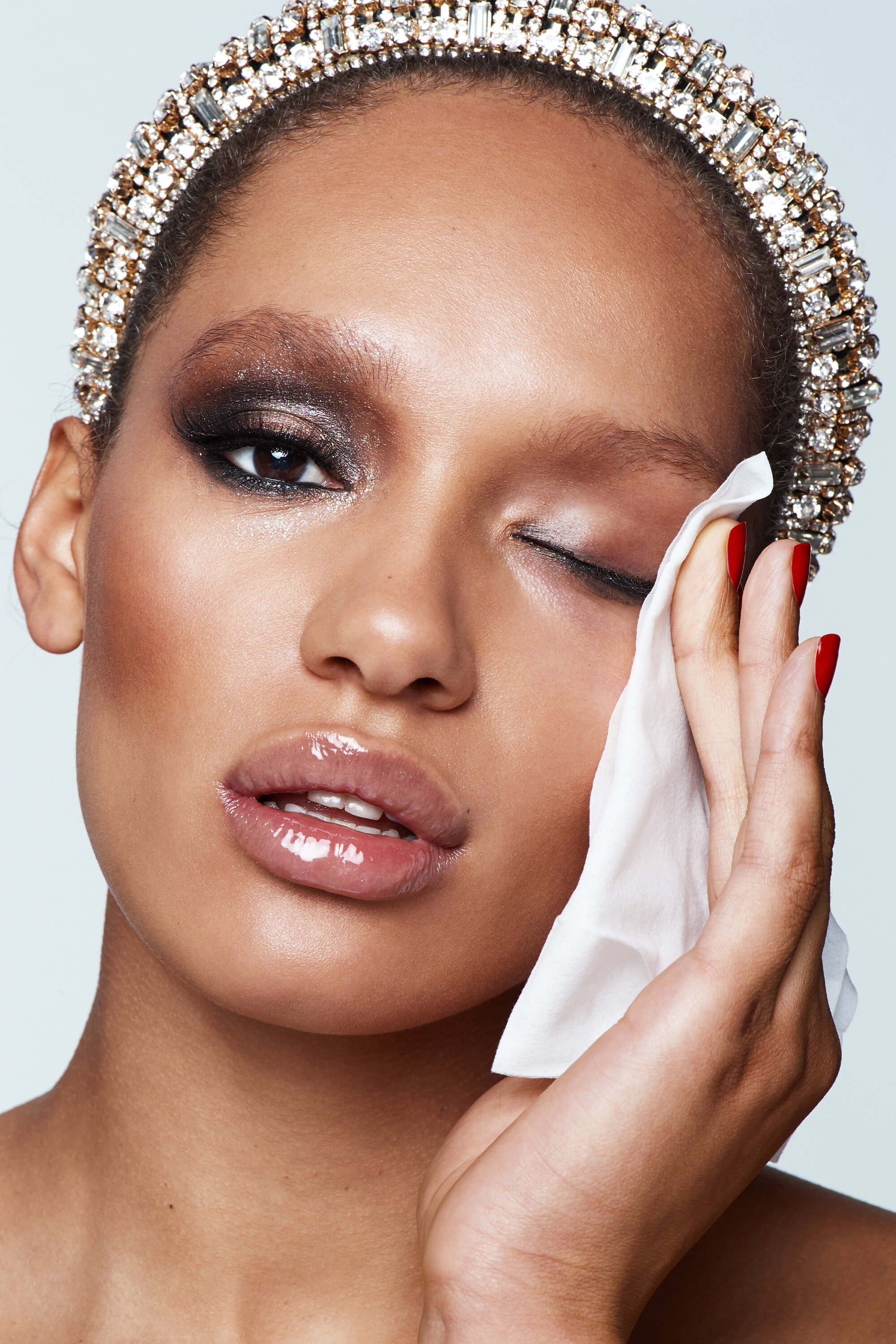This story is part of ‘Debunking the dream’, a series based on an exclusive survey of over 600 fashion professionals, which sought to answer two key questions: what does it take to reach a certain level of success in fashion, and what does it take to stay happy at that level? Read part one, which summarises the findings; part two on how a person’s background impacts their success; and part four on the subsequent mass burnout fashion workers are facing.
The fashion industry calendar is demanding for professionals of all ranks. Just counting the most commonly attended fashion weeks — not including conferences, one-off events or trade shows — people who work the fashion circuit can expect to be travelling for most of January, February, June, July and September. Those on the design side have a crunch period before each of these fashion months, and those on the buying and merchandising side are slammed after. That’s without considering the shows, collaborations and product drops that happen in between, many of which can require more work than the main collections.
“The fashion system operates in a manic way,” says hairstylist Jawara Wauchope. “You put all your [energy] into this one thing, then you have to do it all over again for the next season or even a season between seasons. People are consuming [at a quicker pace], the attention span is not held as long as it used to be and people are getting tired of things faster. If we don’t figure it out, we’re all going to burn out.”
An exclusive Vogue Business survey of more than 600 fashion professionals reveals that systemic discrimination, unsustainable lifestyles and a widespread burnout culture are spurring dissatisfaction. Without real change, the industry risks a mass talent exodus.

During the pandemic, Dries Van Noten, Lane Crawford’s Andrew Keith and Altuzarra’s Shira Sue Carmi called out the fashion industry’s unsustainable work habits. There seemed to be a swell of support behind them — Gucci outlined a reduced show schedule, and designer Giorgio Armani wrote an open letter advocating for an industry-wide slowdown. However, the Vogue Business ‘Success in Fashion’ survey shows that, if anything, the pace has accelerated.
The survey sought to answer two questions: what does it take to reach a certain level of success in fashion, and what does it take to stay happy at that level? Responses showed that the pace of the industry and the lifestyle it demands continue to take a physical and mental toll on fashion workers, impacting their long-term job and personal life satisfaction. The majority of survey respondents work more than their contracted hours and regularly travel, which many say makes it difficult to maintain other priorities, including relationships, families, outside interests and basic wellbeing. In this context, work-life balance is just as elusive as the myth of the glamorous fashion lifestyle, which draws so many into this industry in the first place.
At the same time, fashion salaries differ hugely. Among survey respondents — 80 per cent of which are women — 11 per cent of men earn more than $/£/€200,000 annually, compared to just 4 per cent of women. Meanwhile, 7 per cent of men earn less than $/£/€25,000 compared to 12 per cent of women. Some of the job roles where individuals earned over $/£/€200,000 a year were executives, PR and production directors, consultants, business owners and influencers.
Meanwhile, fashion jobs are oversubscribed, exacerbating a culture of competition. In this context, people are expected to live and breathe fashion, going beyond their job descriptions and sacrificing their personal time and wellbeing to keep up. If they don’t, they’re easily replaceable.
Instead of risking being replaced or laid off within the current economic crisis, some survey respondents say they are seeking more stable jobs in other industries that allow for a better work-life balance. Respondents say wellbeing should not be reserved for those with the financial and social privilege to set boundaries and say no to opportunities; it should be foundational to the way businesses are structured.
The blurring of personal and professional time
The intensity of fashion’s pace and the time it demands from its workers means that work often bleeds into people’s evenings and weekends, which can make it difficult to maintain outside hobbies or commitments. “I’ve been struggling to separate myself from my profession and find my own identity alongside my value in this business,” says Swedish Fashion Council creative director Robin Douglas Westling.
The Vogue Business ‘Success in Fashion’ survey reveals an industry obsessed with keeping up appearances, excluding marginalised groups and limiting their progression. The fantasy of fashion — which lures many of these groups in with the promise of belonging — remains elusive.

Of the survey respondents, 48 per cent say they work more than their contracted hours. Over half of all respondents are required to travel for work at least once every few months, with 13 per cent travelling multiple times per month, and only 25 per cent never travelling at all. Men are more likely to travel frequently than women (68 per cent versus 50 per cent).
Among the regular travellers, many struggle with burnout and loneliness, and say they are more likely to work unpaid overtime. “Last September, I travelled to New York, London, Paris and Stockholm [fashion weeks]. By the end of it, I was genuinely unwell,” says TikTok content creator Benji Park. “When I first started travelling it was very fun, but after a while it takes a toll on the body,” adds hairstylist Wauchope.
One respondent describes travel as “a huge perk of the job” — which is a sentiment shared by many. But others say it’s not a choice and they would avoid it if they could. “It would be impossible to do my job without going,” says one respondent. “There is no balance or consistency. When they ask you to go, you have to go.” For those who aren’t able to travel, staying home can mean missing out on crucial opportunities to network and advance your career. The choice isn’t between travelling or not, but succeeding or stagnating.
The blurring of professional and personal time can make juggling work with parenthood particularly challenging. Around a third (35 per cent) of survey respondents report having at least one child or dependent. Many say their career has suffered after having children, particularly in the US, where maternity leave is not a nationwide, statutory benefit.
Influencer Brittany Xavier says that creating healthy boundaries and switching to a four-day work week have been key. “There can be a temptation to go on every trip or even fashion week I’m invited to, but being selective and thoughtful on things I say ‘yes’ to has created a healthy work-life balance not only for me but for my family,” Xavier says. Likewise, Australian stylist Kim Russell (known online at The Kimbino) says she has figured out a routine that works for her, liaising with UK clients at night when her two-year-old son is asleep, and leaning on her husband for support when she travels for fashion months.
Maintaining support systems in an always-on industry
Fashion’s social calendar — and the escapism it offers — can be a lot of fun, but it can also promote unhealthy habits, such as lack of sleep and excessive drinking or other substance use. However, like travel, survey respondents say they feel pressure to engage out of fear of missing out on key opportunities, and say opting out of alcohol or social events has made them less likely to succeed.
Young people are particularly vulnerable to the darker side of the industry’s party environment, including being sexually exploited by older members of the industry. TikToker Park says he’s seen this firsthand. “There needs to be more protection,” he says, especially for people from lower socioeconomic backgrounds, who have fewer resources to protect themselves.
The party culture can also be isolating for people who do not drink alcohol. Fashion inclusion consultant Arooj Aftab doesn’t drink because she is Muslim, and says people have generally been quite understanding, but she is still expected to be in alcohol-fuelled situations, which she isn’t entirely comfortable with. The importance of networking to secure work puts pressure on individuals to socialise beyond their boundaries, saying yes to every event and opportunity. It also makes people hyper conscious of their perceived value. “Fashion is a very personal industry — you are judged off your personal style and talent every day,” says Wauchope. “Decisions are made based on who you want to be in a country with for 12 days shooting — you might be the most talented person, but whether people like you is so important.”
Fashion is facing a burnout epidemic, with marginalised communities, purpose-driven professionals and freelancers bearing the brunt. As the prospect of a mass exodus looms, calls for a slower pace and systemic reform mount.

The demands of the industry can also make it harder to maintain a serious romantic relationship and invest in other life priorities. “A lot of influencers have a partner who travels with them and looks after the business side. Having a partner who doesn’t do the fashion calendar at all, who has his own set of work demands, it’s hard to get right,” says influencer Camille Charriere. Since starting IVF treatment this year, Charriere has taken a step back from fashion, which she says has made her realise how consuming the calendar can be.
Women often pay a higher price for “our culture of burnout and sleep deprivation”, says Arianna Huffington, founder and CEO of Thrive Global and co-founder of The Huffington Post, which she stepped down from in 2016. “Too many women are forced to choose between being successful in their jobs or successful in their roles at home.”
Can fashion afford wellbeing?
Boundaries are often considered the antidote to an overbearing work life, but these can be difficult to enforce in an industry as fast-paced and competitive as fashion. The risk of saying no is losing out on opportunities or being perceived as someone who isn’t committed to their work, both of which can limit income. This makes wellbeing a financial privilege that few in the fashion industry can afford. Of the survey respondents, 52 per cent say work-life balance is a factor that contributes to their idea of success, and 48 per cent say the same of financial security.
“When I first came into the industry, the work-life balance wasn’t there because of the pressure I put on myself,” says Davidson, who grew up working class. “I had finally got into a company I wanted to work for, doing what I really wanted, and I was trying to prove myself in a very competitive industry. There are workaholics in every industry, but fashion seems to have a lot of people with that mindset.”
Those running their own businesses — including freelancers and independent designers — face particular pressure here. “You essentially sacrifice your personal life for your professional life with the hopes that at some point your professional life will be able to run efficiently so you can get back to having a personal life,” says designer Jawara Alleyne. “It takes a really long time before you’re able to actually pay your bills and staff at the end of the month, or learn how to structure your schedule and grow your brand.”
For many others, working in fashion doesn’t provide enough income to cover a decent standard of living — especially in the four fashion cities, regularly ranked among the most expensive in the world. Designer and trend forecaster Draven Peña says she could only accept her job at a New York fashion brand because she lives with a friend’s family for discounted rent. Otherwise, her salary wouldn’t have covered her basic living expenses and student debt repayments, which she took on because her family couldn’t support her financially. Even so, Peña considers herself “lucky” to have this role.
The scarcity of lucrative opportunities in the industry coupled with the lifestyle pressures mean that a lot of people have an exit plan. “So many people get a few years into their career and realise they need to make a change,” says TikToker Park. “No matter how much you love fashion, it doesn’t give you much security. Most people find it hard to buy their own home, upgrade their lifestyle, facilitate a long-term relationship or have savings.”
Fashion is a highly individualistic industry, where many people achieve success by trading off their appearance, personal relationships and interests. But, this focus on the individual — rather than the collective – only exacerbates the fashion industry’s overworking culture. If individuals keep trying to push through the exhaustion rather than coming together to find solutions, the risk of mass burnout and quitting will limit the industry’s success on bigger picture change.
Often, when people feel like their work is taking over too much of their life, they think the solution is work-life balance. However, this elusive concept is misguided, says Subira Jones, founder of consultancy The Fireproof Career. Instead, people should aim for work-life satisfaction. For example, if you wake up at 2am with an idea one night and have to jot it down before you go back to sleep, or you work late, but you enjoy your work, you won’t feel as bad about it than if you constantly set yourself up for failure with a never-ending list of habits you would like to change.
“The idea of work-life balance is like walking a tightrope — it’s exhausting, and you will always feel like you need an escape from one or the other,” she says. “Work-life satisfaction is a much more realistic goal.”
This content has been made open access. To support Vogue Business journalism and enjoy unlimited access to Member-only reporting and insights, our NFT Tracker, Beauty Trend Tracker and TikTok Trend Tracker, weekly Technology, Beauty and Sustainability Edits and exclusive event invitations, sign up for Membership here.
With data analysis by Amy Betts and Jayne Pickard.
Comments, questions or feedback? Email us at feedback@voguebusiness.com.
To receive the Vogue Business newsletter, sign up here.
